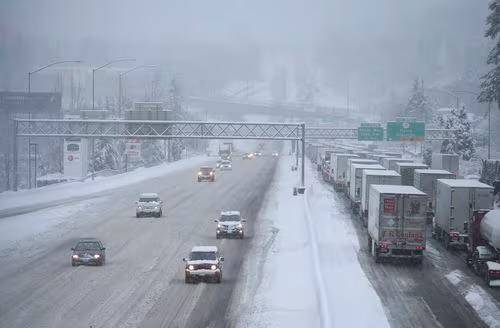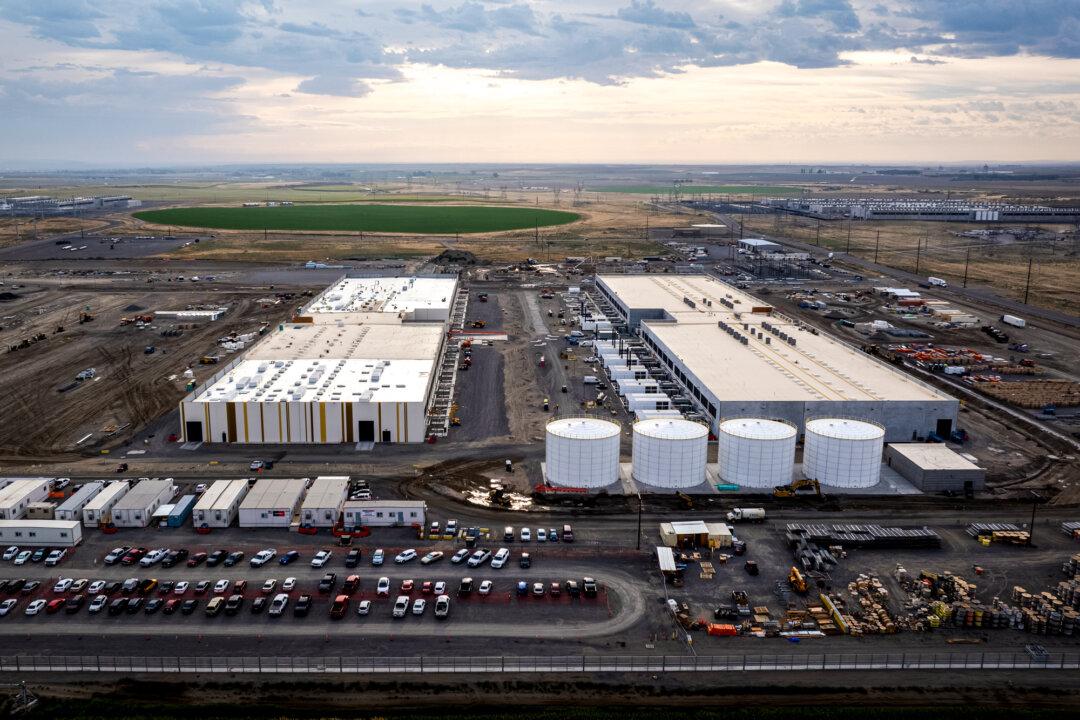An ice and snow storm arrived across the Pacific Northwest on Tuesday, days after snow, freezing rain, and high winds sent the region into a deep freeze.
Parts of Oregon, including the state’s largest cities of Portland, Salem, and Eugene, were covered in thick ice as temperatures dipped below zero.





